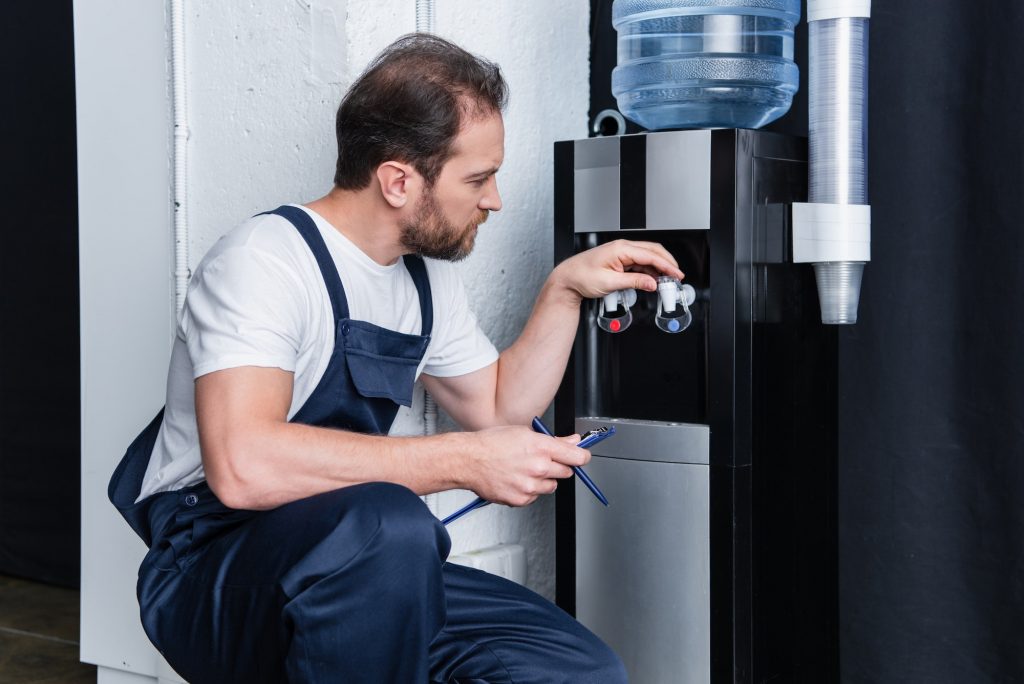Why We Need a Dispenser With a Filtered Water System

Filtered water systems offer many benefits. Not only do they save money and provide healthier water, but they also eliminate the need to store and transport bottles. They can also eliminate the need to schedule deliveries, and they remove the strain of lifting and carrying heavy bottles. Moving bottles of water can be hard on muscles and joints, and a water dispenser eliminates these problems.
Reverse osmosis vs microbiological filtration
Reverse osmosis is a popular technology that can remove pollutants and microorganisms from water. However, this technology has some disadvantages. For instance, it is not approved for use in some countries, including the European Union. It also doesn’t remove all microbes, so there is a risk of bacterial contamination. Reverse osmosis systems also need to be monitored to make sure they do their job.
Reverse osmosis uses pressure on the concentrated side of the membrane to force water through the membrane. The result is a more diluted solution. The process is similar to other membrane technology applications. Moreover, reverse osmosis uses a semipermeable membrane.
Reverse osmosis is a good way to eliminate microorganisms. However, it’s not recommended for the removal of coliform bacteria. The presence of bacteria in the membrane can cause the system to deteriorate. Moreover, pinhole leaks may result in contamination.
Cost of a filtration system
The cost of installing a filtration system in a water dispenser will vary depending on the type of water filtration system you choose. Carbon filters can run $50 to $500 while ultraviolet light units can cost up to $1,000. Whole house systems can range anywhere from $250 to $4,000. Chemical injectors and ionization systems fall in the midrange.
The more complex the filtration system, the more it will cost. Multi-stage systems require more parts and are generally more expensive than single-stage models. Choosing a simpler system will reduce the overall cost of ownership. If you can install it yourself, the cost will be much lower.
In addition to the initial purchase price, water filtration systems often require annual maintenance. Depending on the system you choose, you may need to replace worn-out parts or swap out the filters. If you’re installing a whole-house filtration system, check with the local building department to determine what permits are necessary. It can cost up to $500 to obtain a permit. Additionally, you’ll have to have your water line inspected by a building official. Failure to follow these rules could cause problems if you ever decide to sell your home.
Health benefits of filtered water
Filtered water dispensers can help improve your health in many ways. They can help improve digestion, prevent constipation, and help your body’s metabolism. These units are also beneficial to the brain and nervous system. Finally, they can reduce the number of headaches you experience.
Filtered water dispensers are an increasingly popular appliance for homes. They provide an alternative to tap water and offer a healthier lifestyle for you and your family. Water is essential for human life and should be consumed in adequate quantities. It is estimated that eight glasses of water a day are necessary for optimal health. However, tap water contains dirt, bacteria, and other pollutants. This is a primary contributor to illnesses, and water from a water dispenser can ensure that you drink the right amount of water for your body and mind.
In addition to improving your health, drinking plenty of water is good for your skin and digestive system. Filtered water from a water dispenser can be a great distraction and encourage your children to drink more water. Kids can also operate water dispensers, but be careful to supervise them so that they don’t accidentally spill hot or contaminated water. A water dispenser also encourages your family to drink more water, which means less need for sugary beverages like soft drinks and energy drinks.
Installation requirements
A dispenser with a filtered water system requires you to follow a few steps to install it. First, you need to connect it to the water line. Then, you need to leave enough space for the dispenser. When the water is turned on, the dispenser will pump clean water into stainless steel reservoirs.
After the filter has been installed, you must connect the unit to the faucet and cold water line. You will need plastic tubing of the appropriate length. Next, connect the feed water and outflow adapter valves. Once the system is connected, double-check the connections to make sure everything is working properly. Next, gradually open the water supply to the unit. Allow the water to run for a few minutes to activate the cartridges.






